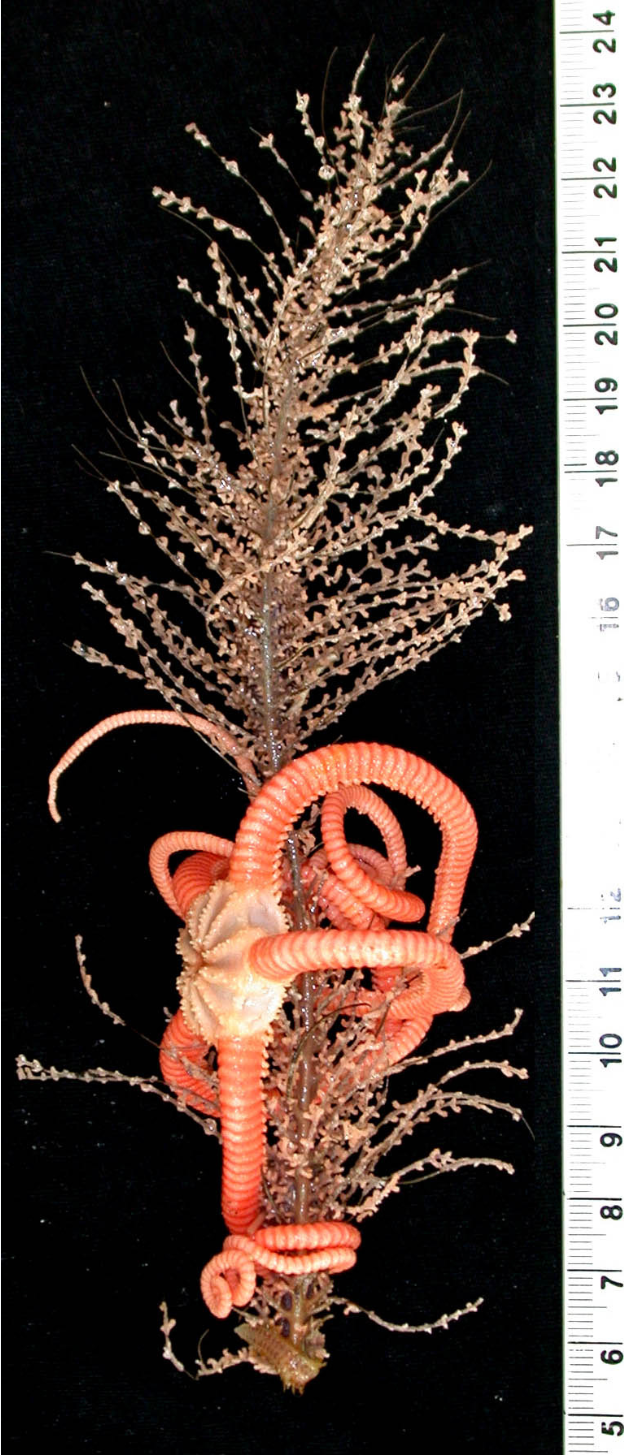Magnetic link to complex life
 A new study suggests the near-collapse of Earth's magnetic field may have contributed to complex life.
A new study suggests the near-collapse of Earth's magnetic field may have contributed to complex life.
International researchers have uncovered evidence suggesting that a significant weakening of Earth's magnetic field around 591 to 565 million years ago may have been a pivotal factor in the development of complex life on the planet.
This period of geomagnetic decline coincides with a substantial increase in the oxygen levels in Earth's atmosphere and oceans, potentially fostering the evolution of early multicellular organisms.
The research involved the analysis of magnetic properties of 21 plagioclase crystals sourced from ancient rock formations in Brazil.
These crystals, dating back 591 million years, revealed that during their formation, Earth's magnetic field was at its weakest - nearly 30 times weaker than today's magnetic field strength.
The analysis showed that at their point of formation, the Earth's magnetic field was the weakest ever recorded.
This weak field might have allowed more hydrogen to escape to space, thus increasing the proportion of oxygen in the atmosphere.
The weak magnetic phase, referred to as the Ediacaran ultra-low field intensities (UL-TAFI), lasted for at least 26 million years and overlapped with a significant rise in oxygen between 575 and 565 million years ago.
This oxygen increase is believed to have supported the diversification of the Ediacaran fauna - the earliest known complex multicellular animals documented in the fossil record.
These organisms began to flourish and diversify in complexity and type during this oxygen-rich period.
Prior research has linked the diversification of these organisms to rising oxygen levels, but the reasons behind this oxygen surge were not well understood.
The new findings suggest that the geomagnetic field's weakening may have played a critical role by facilitating an increase in atmospheric oxygen, thereby enabling more complex life forms to thrive.
This study not only sheds light on the conditions that may have contributed to significant evolutionary changes on Earth but also highlights the intricate connections between geomagnetic fields and life's development over geological timescales.
The full study is accessible here.







 Print
Print


